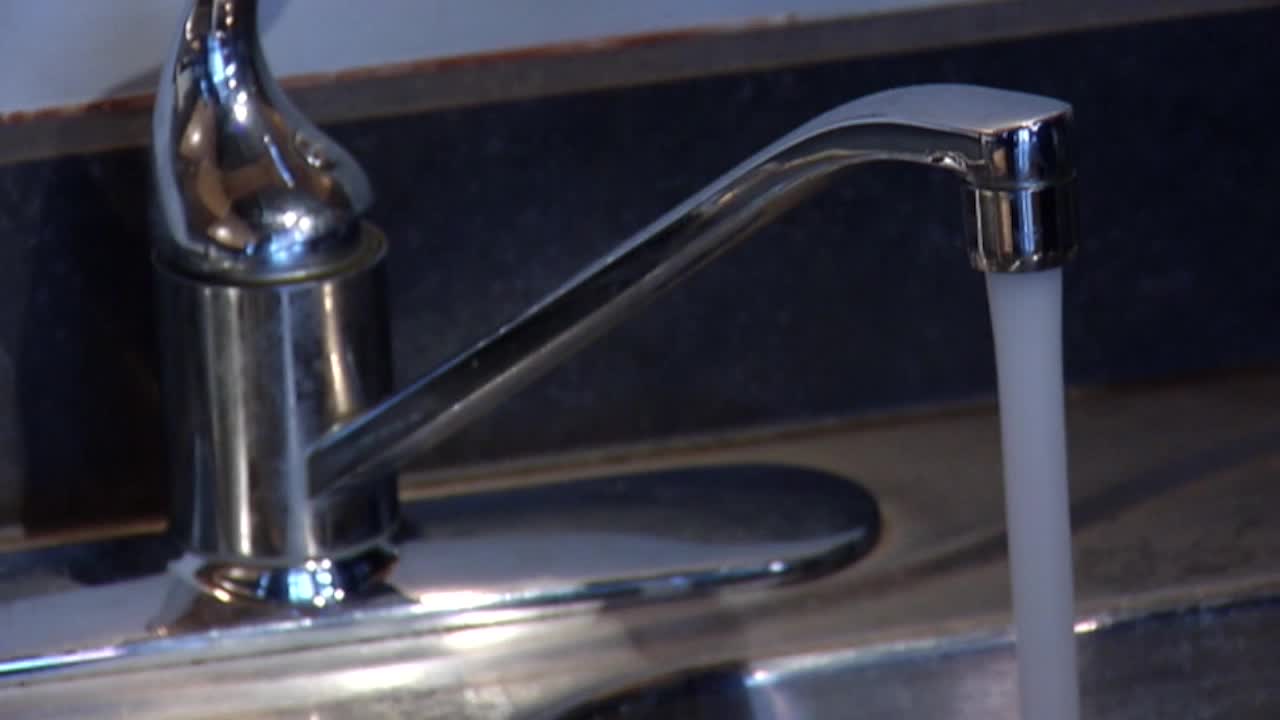EPA mulls federal drinking water standards to rein in ‘forever chemicals’
[anvplayer video=”5167622″ station=”998122″]
Call it pollution pushback against PFAS in your drinking water.
“We didn’t really understand how toxic these chemicals were,” says Sarah Fossen Johnson with the Minnesota Department of Health. “Our whole goal is go figure out what is a safe value for contaminants in drinking water.”
“PFAS is pervasive worldwide,” adds Tom Higgins, the manager of the Minnesota Pollution Control Agency’s Superfund Program. “It’s not isolated to Minnesota. It truly is the everywhere chemical.”
The Environmental Protection Agency is now targeting these synthetic chemicals, called perfluoroalkyl and polyfluoroalkyl substances.
The EPA is proposing a requirement that water utilities detect and reduce PFAS contamination to 4 parts per trillion, the lowest measurable level.

(KSTP/file)
“I think one of the big take-home messages is that the federal government is recognizing that these chemicals are toxic,” Johnson says. “That we need to clean them up in the environment, and we need to get them out of people’s drinking water.”
RELATED: 3M announces plan to stop PFAS manufacturing within 3 years
Experts have linked these “forever chemicals” to several types of cancer, kidney disease and infertility. They’re used in nonstick cookware, cosmetics, and even firefighters’ turnout gear — all while living up to their nickname.
“It’s a very persistent chemical. It’s not the type of chemical that will just degrade on its own, say with natural processes,” Higgins notes. “It’s a chemical you have to physically remove from the environment and then destroy it.”
MDH and the MPCA say they’ve been monitoring PFAS levels for 20 years using state guidelines.
But if the EPA gets the go-ahead, it would regulate PFAS chemicals under federal law.
Under the plan, if a water system identifies higher levels of synthetic chemicals, it would be required to notify residents and take action to bring those levels down.
“It would bring PFAS under federal regulations, just like any of the other regular contaminants,” says Sandeep Burman, who manages MDH’s drinking water program. “Which means public water supplies will have to comply with these standards. It will also open access to public water supplies and resources funding, technical assistance, training.”
RELATED: Bill that would ban PFAS, also known as ‘forever chemicals,’ gets first hearing
All this won’t come cheap, including in Minnesota.
“We’re talking hundreds of millions of dollars, potentially over a billion dollars with costs,” Higgins explains. “Including things like designing and constructing drinking water treatment systems for municipalities.”
The White House says it’s provided $9 billion to help public water systems address the issue.
The EPA says after a 60-day period, a decision on whether to go ahead with the plan will be made late this year or in early 2024.
Meanwhile, the plan is getting support from Jeff Holtz, a Lake Elmo City Council member.
Holtz is also a member of the public workgroup for the 3M settlement.
The group monitors at least part of the $850 million settlement reached after the attorney general sued the company, saying PFAS chemicals had damaged drinking water and natural resources in the metro.
The MPCA says the pollution caused the city of Lake Elmo to shut down wells and warn residents against eating fish caught in its waters.
“We’ve allocated over $ 30 million in settlement funds thus far for an immediate remedy,” Holtz says. “Access to clean drinking water is a top priority for all.”
Since December, an MPCA team has been testing a foam-making process to remove harmful chemicals from contaminated water at a Lake Elmo site.
Holtz, who says the area’s aquifer is polluted by PFAS chemicals, says as the team continues its research, he has high hopes the EPA plan will make a difference.
“These regulations are going to continue to help ensure that we maintain clean drinking water,” he explains. “The PFAS that’s in our aquifer is not going away. It is a forever chemical. It will be in our aquifer well past my lifetime. Well past my children’s lifetime. It will be in our aquifer for centuries.”